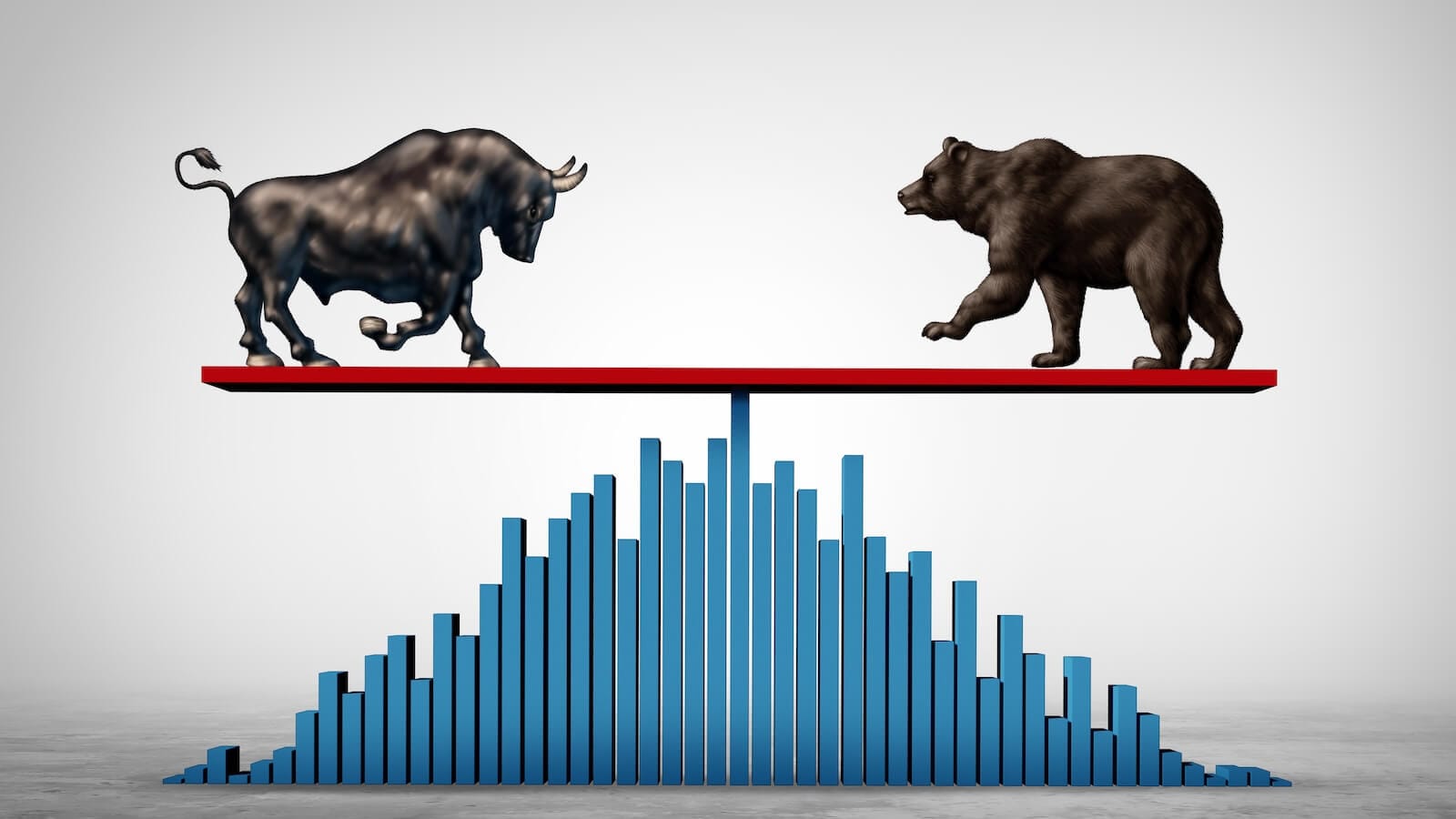G7 Meeting in Canada Could Be Opportune Time for Accumulating Canadian Dollar and Canadian Equities
The Canadian dollar peaked in 2007 and 2011 at around $1.05, and it has been zig-zagging downwards ever since. Now at a lowly 73 cents USD, the currency looks as if it may be in the process of bottoming, or at the very least entering a multi-year trading range. If you add to that the fact that the iShares MSCI Canada ETF (EWC) has just begun to emerge as a world equity leader, we are presented with some very interesting charts.
Chart 1 sets the scene by comparing the Canadian buck to its monthly PPO using the 6 and 15 parameters. The green shadings approximate the periods when the oscillator was trading above zero for an extended period. It's not a perfect approach, but does capture most of the uptrends since 2,000. By the same token, this technique also sidestepped most of the weakness. The latest intra-month plot is literally right at zero, which means the indicator is at the cusp of turning bullish. We can also see the currency itself has begun to edge above its secular down trendline. This chart is based on monthly closes, but, with two weeks left until June 30th, we can't book it as an official breakout yet.

However, it seems likely that it will ultimately be one, though, because the weekly plot in Chart 2 is already leading the way, with a Friday close above a 3-year down trendline. The chart also shows some strong underlying momentum, since two of the rate of change series have broken above 3-year down trendlines. Similar action in 2020 was followed by a very worthwhile rally in the currency itself. The theory behind this is that each ROC represents a different time cycle, and the more cycles that are moving in the same direction, the stronger the move.

Chart 3 also hints at a strong rally. That's because the dollar dropped below the lower line of a 20-year bearish right-angled triangle, but failed to hold below it. Whipsaw moves such as this are typically followed by a strong rally, as many bearish traders who shorted the downside break are forced to get back to the right side of the market when the price regains the breakdown trendline.
Examples of false breaks developed in 2020 on the downside and 2021 on the upside. Both were followed by sharp moves, but, since the 2025 break was more decisive and remained in force for a longer period, a greater number of shorts are likely to be trapped, which implies the rally will be more formidable as well.

The Canadian Dollar and Commodities
Chart 4 compares the CRB Composite to the dollar. It is fairly evident that the two are closely correlated. Indeed, the arrows show that the buy signals for the Canadian dollar can be used as a bull market signal for commodities. At the moment, the KST is fractionally below its 9-month MA, and the CRB Index is right at the neckline of a potential reverse head-and-shoulders, indicating that the stakes are pretty high going forward.

Canadian Equities
Finally, Charts 5 and 6 show the iShares MSCI Canada ETF (EWC). Chart 5 tells us that the EWC has recently broken above its secular resistance trendline, thereby suggesting higher prices. The long-term KST recently began to re-accelerate, so, if the breakout is genuine, it will likely result in a much firmer KST signal. I should also add that if, in the unlikely event, the price was to move back below the green line in the next few weeks, that would be a sign of exhaustion and quite bearish.

Chart 6 shows the relative performance of the EWC since its inception at the end of the last century. Recent action has allowed the RS line to violate its secular down trendline and cross above its 65-week EMA. Since the long-term KST for relative action is in the early stage of a bull market, that trendline violation is likely to be followed by a significant period of superior Canadian performance.

Good luck and good charting,
Martin J. Pring
The views expressed in this article are those of the author and do not necessarily reflect the position or opinion of Pring Turner Capital Groupof Walnut Creek or its affiliates.










